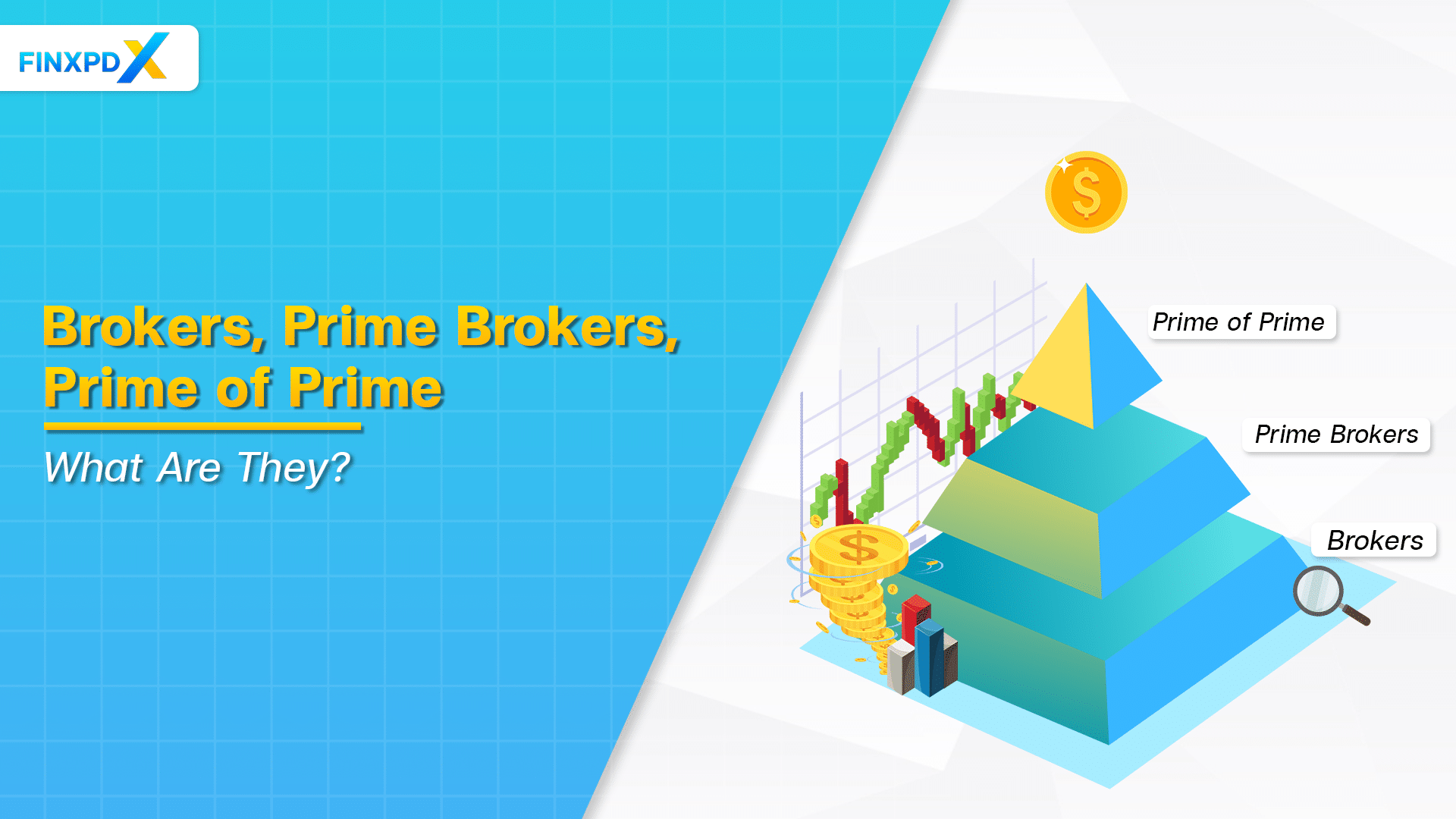In an era when financial knowledge is just as important as proficiency with technology, learning the features of trading accounts is great for investors at all levels. This type of account is far more than just a platform for transactions; they’re the fundamental building blocks for participating in the stock market and a measure of one’s financial insight. Trading accounts allow investors to buy and sell securities such as stocks, bonds, and mutual funds, actively engaging in financial markets.
This article will explain the meaning of trading accounts, their advantages and disadvantages, and how they differ from Demat accounts. We will explore how these account types facilitate real-time access to market prices, quick execution of trades, and the convenience of managing investments through a single interface while also considering the risks and potential fees involved.
What Is Trading Account?
A trading account is a specialized platform for investors to buy and sell securities across financial markets. Unlike a savings account, which primarily serves depositing funds, this account type is designed for managing investments and executing transactions efficiently. Investors use it to purchase stocks, bonds, and commodities, capitalizing on market movements. This account enables traders to swiftly place and modify orders such as limit, stop, and market orders, ensuring they can react quickly to market volatility.
A trading account is crucial for any investor looking to engage actively in the stock market. It facilitates the buying and selling of stocks and offers tools for comprehensive market analysis, enabling users to make informed decisions. This account type allows for real-time trading, which is important in a market where timing and price sensitivity are key. Investors have the flexibility to manage their investments efficiently, monitor market trends, and optimize their trading strategies for better financial outcomes.
Key Takeaways
- A trading account acts as a gateway to participate in stock markets, offering the ability to buy and sell securities.
- A trading account provides real-time access to market data, which is crucial for making informed trading decisions.
- A trading account allows for portfolio diversification, spreading risk across different asset classes.
- A trading account is a tool for financial empowerment, offering hands-on investment management, whereas a Demat account is more passive.
Why Do You Need a Trading Account?
A trading account is necessary for any investor looking to engage actively in the stock market. It facilitates the buying and selling of stocks and offers tools for comprehensive market analysis, enabling users to make informed decisions. This account type allows for real-time trading, which is important in a market where timing and price sensitivity are key. With a trading account, investors have the flexibility to manage their investments efficiently, monitor market trends, and optimize their trading strategies for better financial outcomes.
Types of Trading Accounts
Various types of trading accounts are tailored to meet investors’ specific needs, each offering unique features and benefits. These accounts provide the flexibility and tools necessary for effective investing and portfolio management, catering to different investment strategies and preferences.
1. Equity and Derivatives Trading Account
This account type allows for buying and selling stocks and derivatives, offering a comprehensive platform for trading equities and derivative instruments such as futures and options. It provides traders with the tools to effectively engage in diverse financial markets and accommodates a range of trading strategies.
2. Commodity Trading Account
This account type is specifically designed for investing in primary economic sector products, including agricultural goods, metals, and energy commodities. It provides the necessary tools and platform to engage effectively in these specialized markets, accommodating the unique needs of commodity traders.
3. Margin Trading Account
This account type is crafted for investors using borrowed funds from stockbrokers. It supports partial self-funding of trades, with brokers financing the remainder under the Margin Trading Facility (MTF). This setup is ideal for those who leverage their investment capacity and expand their market position.
Pros and Cons of a Trading Account
In the following sections, we will delve into the various advantages and disadvantages of trading accounts, offering insight into both the opportunities they present and the challenges they pose to traders.
Pros
1. Market Accessibility
These account types grant investors direct access to a broad spectrum of financial markets. This enables users to actively buy and sell various types of securities, such as stocks, bonds, and derivatives, allowing for a dynamic investment approach.
2. Convenience
These accounts provide a high level of convenience through user-friendly online platforms. They are accessible on multiple devices, including smartphones, tablets, and computers, to ensure traders can manage their investments anytime and from anywhere.
3. Leverage
These account types facilitate the use of leverage by allowing traders to borrow funds from brokers. This increases the investor’s buying power, potentially amplifying profit margins on successful trades by enabling larger transactions with less capital.
4. Diversification
This type of account supports the execution of trades across a diverse range of securities, which is necessary for risk management. By enabling investments in various asset classes, these accounts help investors spread risk and potentially reduce the impact of volatility on their portfolios.
5. Real-Time Execution
A significant advantage of trading accounts is the ability to execute transactions almost instantly. This feature helps take advantage of market opportunities as they arise, particularly during volatile conditions where market prices fluctuate rapidly.
Cons
1. Risk of Leverage
Utilizing borrowed funds through leverage in this account type can significantly amplify potential losses, which may exceed the initial investment. This heightened financial risk can lead to substantial losses if market movements are unfavorable, necessitating careful risk management and awareness.
2. Complexity
Trading platforms often have many features and options that can be overwhelming for newcomers. Their complexity may result in a steep learning curve, requiring substantial time and effort to master.
3. Costs
Operating a trading account can involve various fees, such as commissions for trades, maintenance fees, and potential inactivity charges if the account is not used regularly. These fees can add up, affecting the overall profitability of trading activities and reducing net gains.
4. Emotional Trading
The ease and speed of executing trades with this type of account can sometimes lead to impulsive decisions driven by emotions rather than reasoned strategy. This emotional trading can undermine long-term investment goals and produce suboptimal financial results.
5. Overtrading
The convenience and accessibility of trading accounts may encourage some traders to engage in frequent trading. This overtrading can erode profits through the accumulation of fees and increase financial risk, as more transactions generally involve more opportunities for loss.
Difference Between Demat and Trading Account
Here’s a comparative table outlining the difference between Demat and trading accounts:
| Aspect | Trading Account | Demat Account |
|---|---|---|
| Purpose | Used to buy and sell securities on various stock exchanges | Used to hold securities in an electronic form |
| Functionality | Facilitates the actual trading of shares | Enables the storage and safekeeping of shares and securities |
| Transaction Type | Reflects the trading activity of buying and selling | Reflects the change of ownership and holds shares as assets |
| Requirement | Mandatory for executing trades | Mandatory for settling trades electronically |
| Connection | Linked to the stock exchange through the broker | Linked to the central depository |
| Settlement | Used during the transaction phase when a trade is executed | Used post-transaction, for the settlement phase to hold shares |
| Example Activity | Placing an order to buy 100 shares of Company X | Holding the 100 shares of Company X after purchase |
| Charges | Brokerage fees for executing trades | Annual maintenance charges for holding securities |
| Nature | Transitory as it holds funds temporarily during transactions | Permanent as it holds shares long-term until sold or transferred |
Conclusion
Trading accounts are important for engaging with stock markets. They allow individuals to manage their investment portfolios and execute transactions actively. Furthermore, They offer benefits like real-time market access and various trading tools, enhancing trading efficiency and response to market dynamics. This enables traders to refine their strategies and maximize returns.
However, trading accounts also come with risks and complexities, such as the potential for amplified losses due to leverage and a sometimes overwhelming array of features. This underscores the need for continuous learning and adaptation in managing these accounts. It’s not just about the tools, but about the knowledge and skills you acquire along the way.
FAQs
It is an account held by an investor with a financial institution, providing the facility to buy and sell securities on the stock exchange.
Choosing reputable financial institutions ensures security in trading. However, investment risks depend on market conditions and individual trading decisions.
It is neither profit nor loss; it is a platform for executing trades. The profits or losses are determined by the performance of the securities bought or sold through the account.
Trading refers to the act of buying and selling securities, while another is the medium through which these transactions are conducted.
Disadvantages can include the potential for financial loss, especially with high-risk investments, fees or commissions charged by brokers, and the complexity of managing the account effectively.
Related Articles:
- What Are Brokers, Prime Brokers, and Prime of Prime?
- Forex Trading: The Complete Guide to Success
- Margin Trading: Good Way to Amplifies Your Buying
Read more: Brokers






